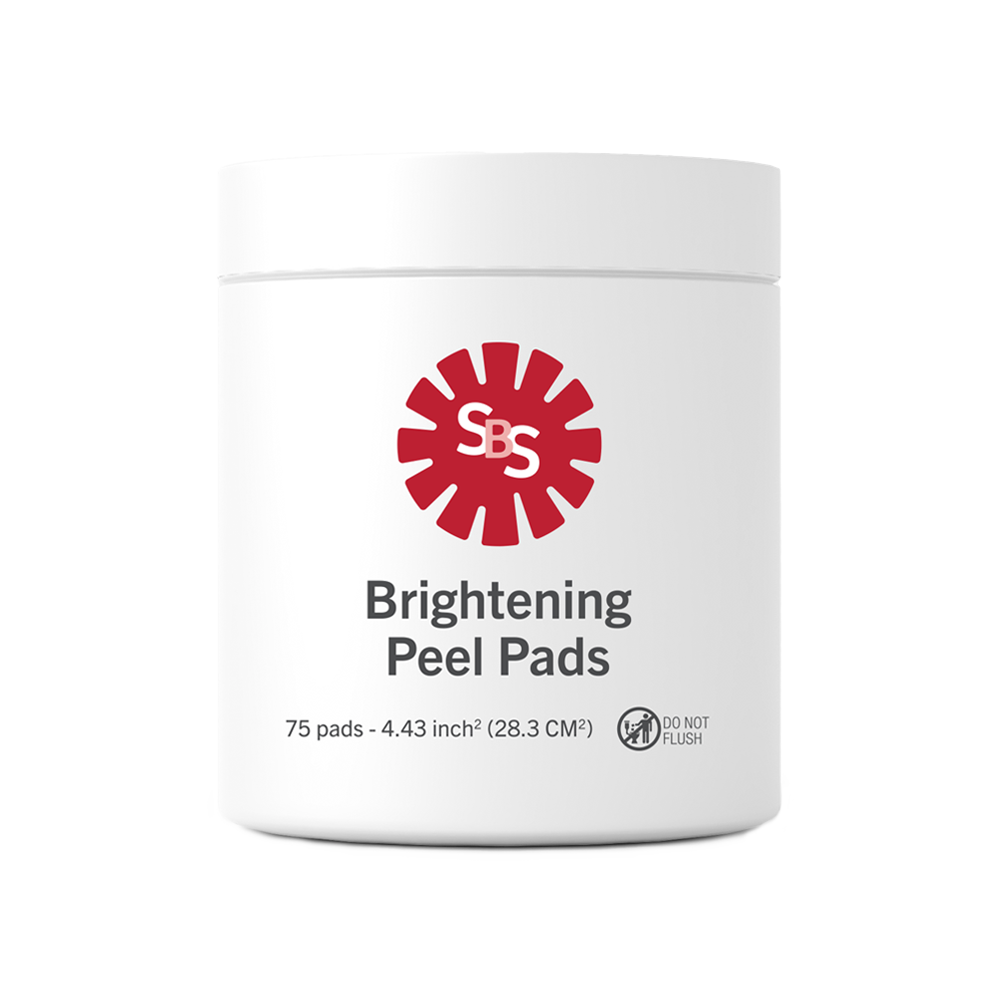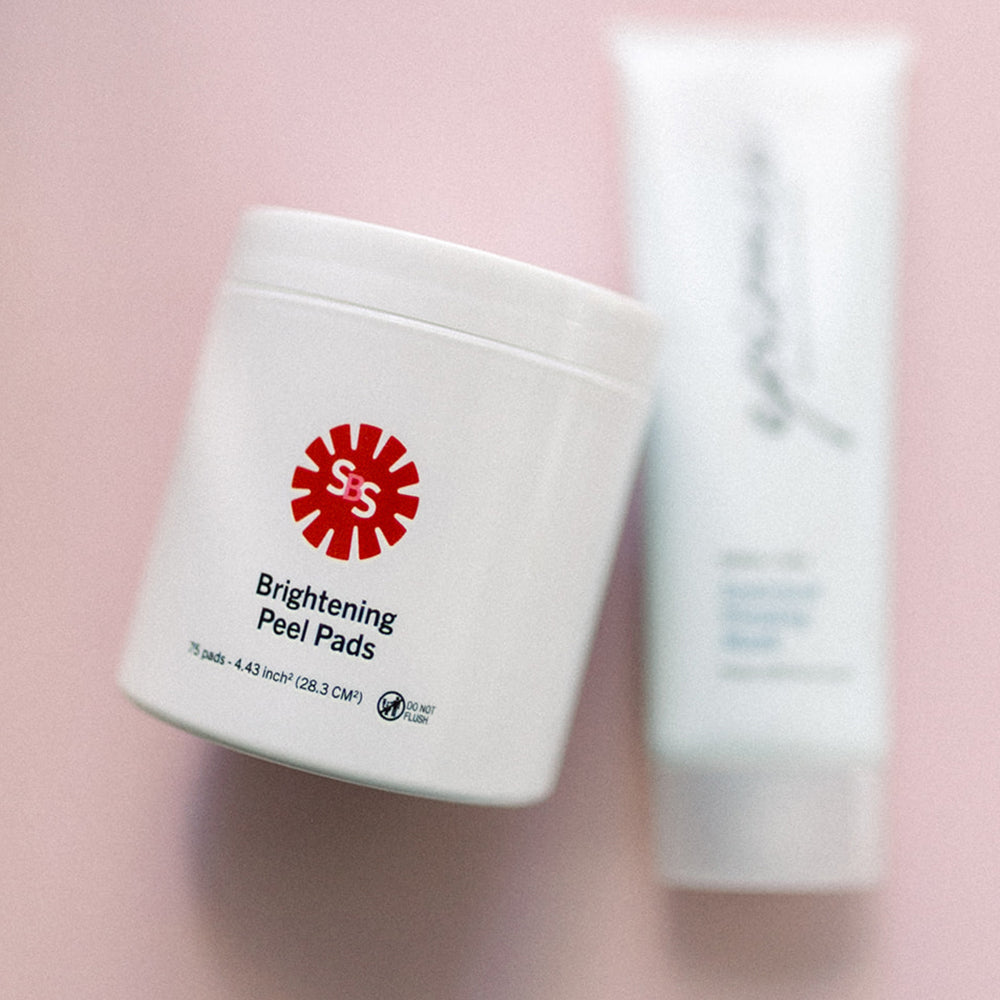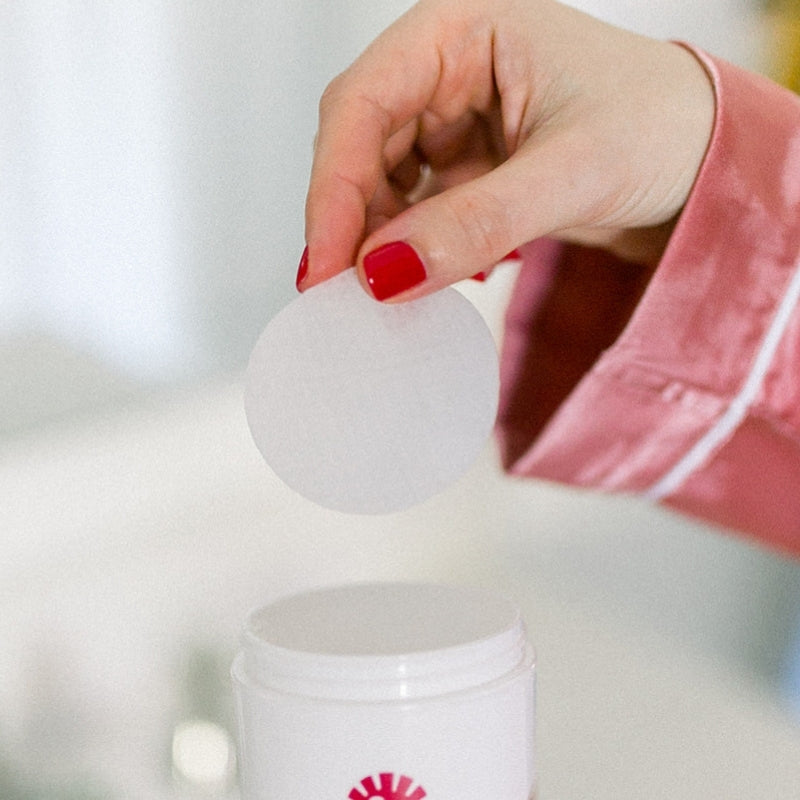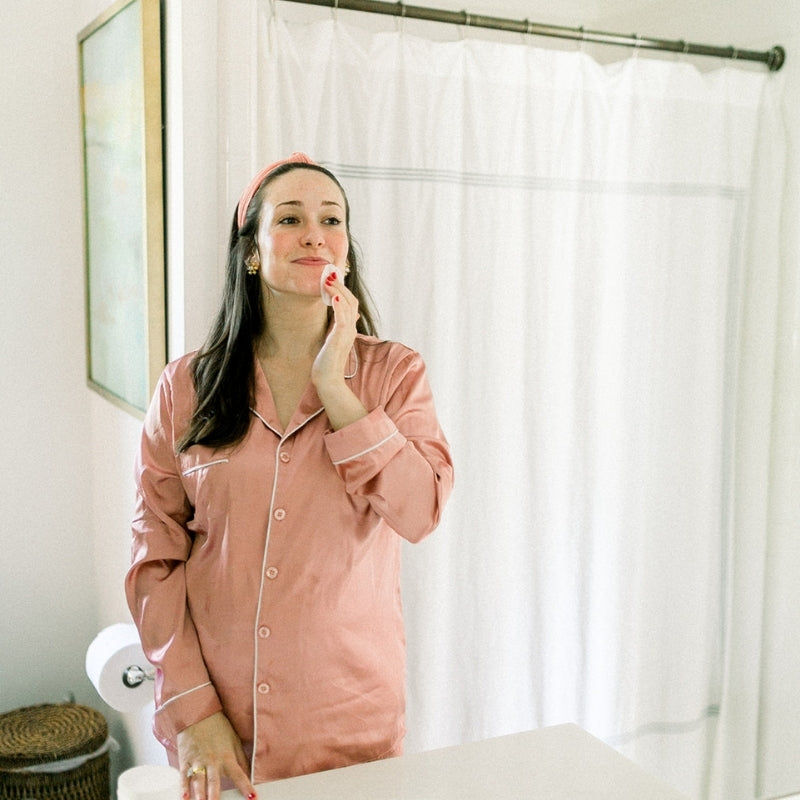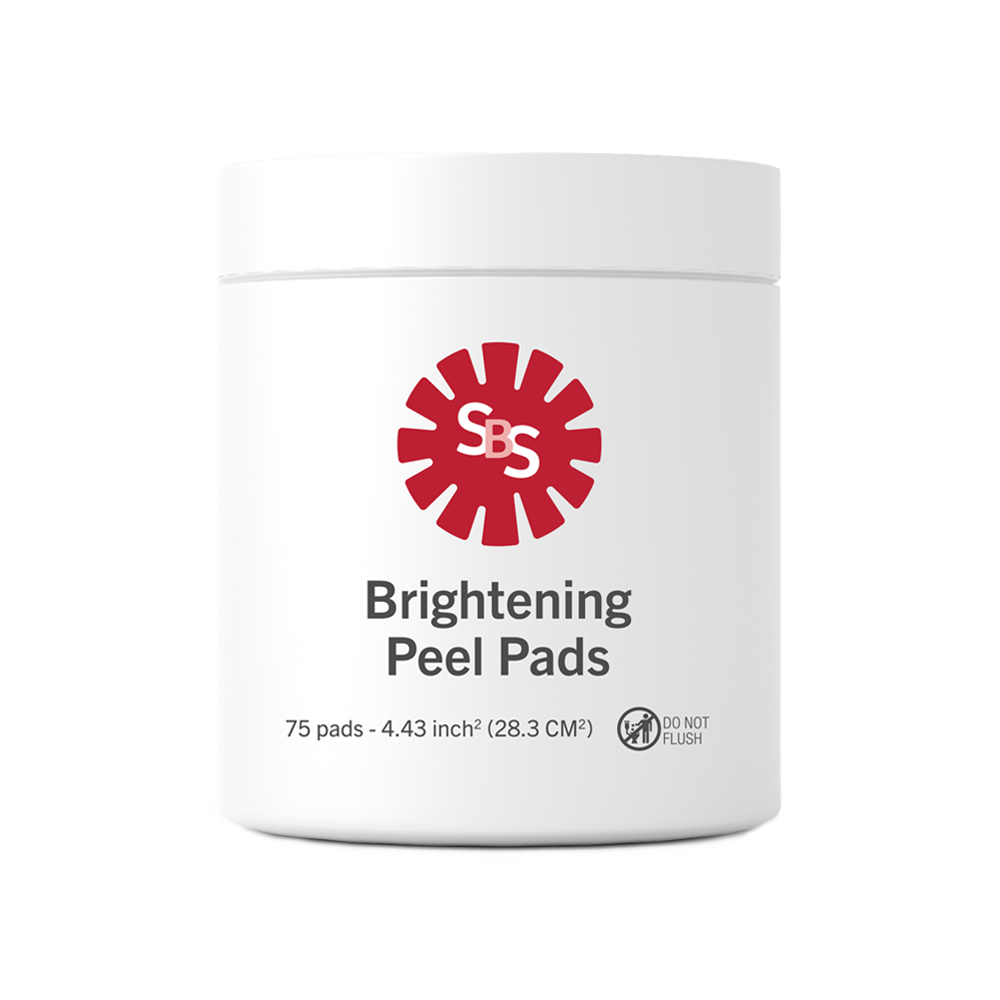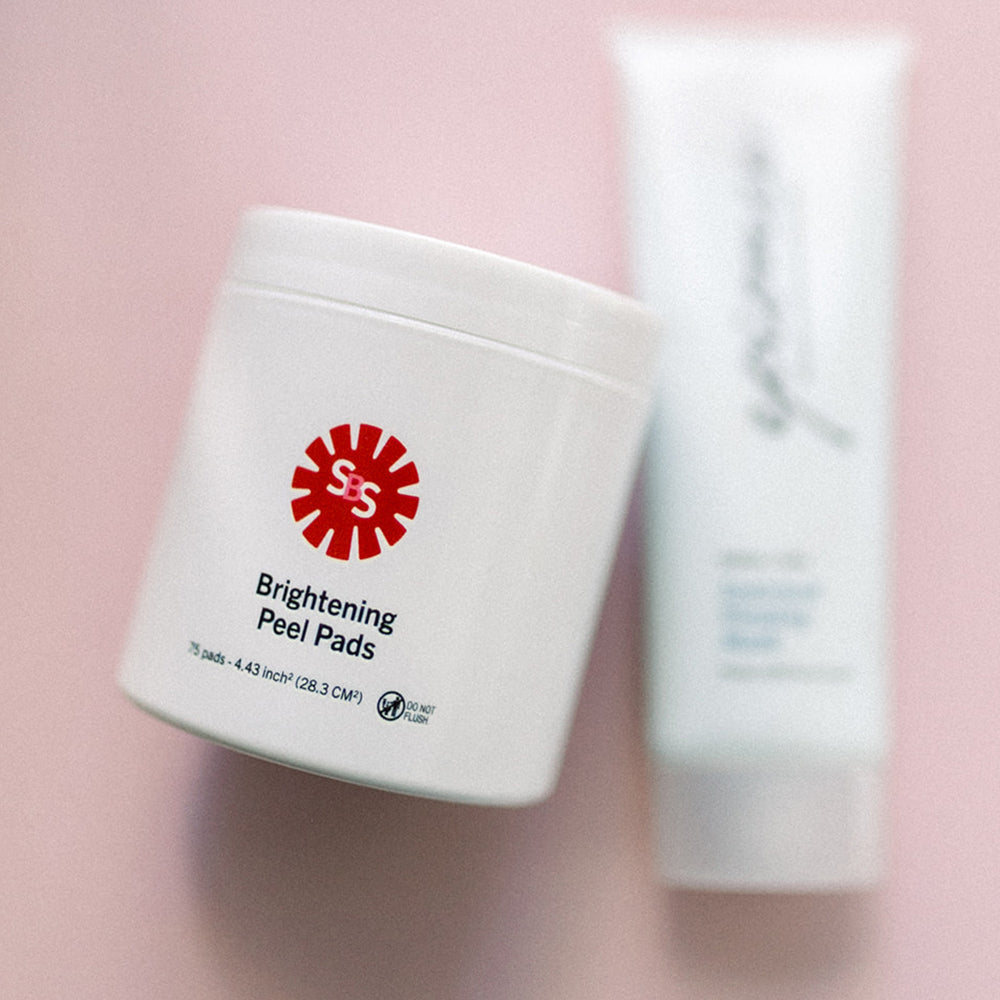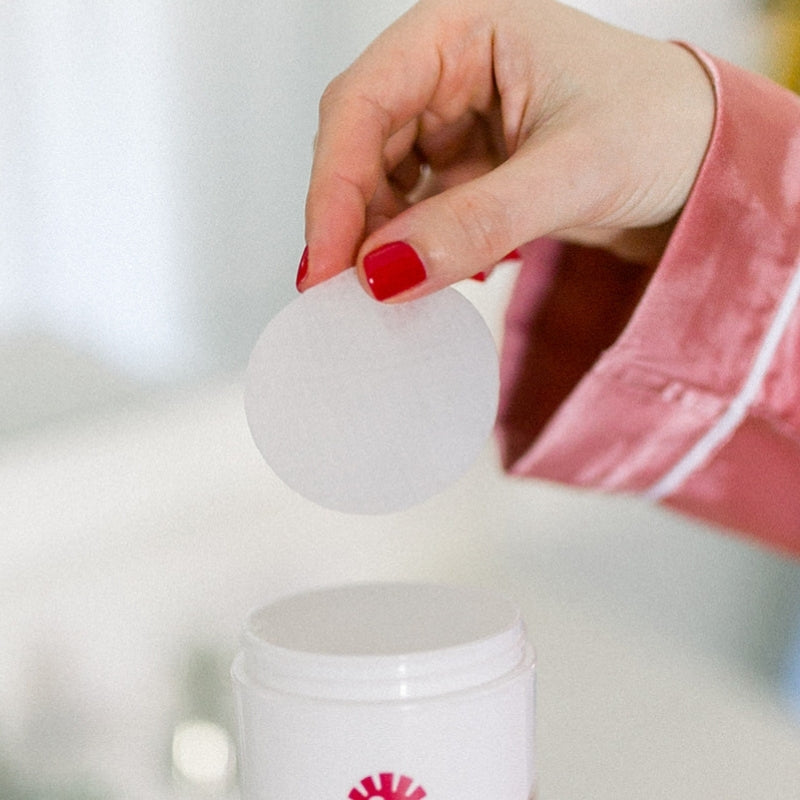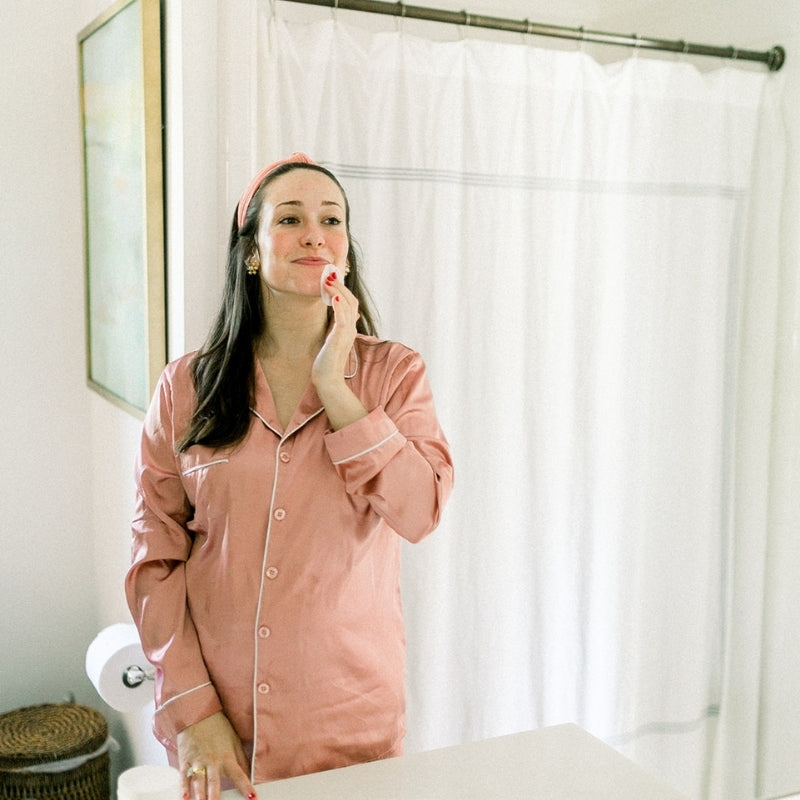Melasma Treatment That Works:
A Dermatology-Backed Plan That Starts with Your Routine
If you’ve Googled how to fade melasma, best skincare for melasma, or why melasma keeps coming back, you’re not alone—and you’re in the right place.
Melasma is one of the most stubborn forms of hyperpigmentation I treat in clinic. It’s not just sun damage. It’s not just hormonal. And it’s definitely not something a single serum can fix. It's honestly a lifestyle I want to share with you because... I have melasma too.
Whether you’re dealing with pregnancy melasma (also called chloasma), heat-induced flare-ups, or post-inflammatory pigment that won’t budge, you need a complete strategy. I’m going to walk you through the exact melasma protocol I use with patients in my dermatology practice—plus how to build your own melasma skincare routine at home.
The solution to all of this boils down to your complete skincare routine- particularly sunscreen and vitamin c serum and a few lifestyle habits!
What Is Melasma? (And Why It’s So Hard to Treat)
Melasma is a chronic skin condition that causes symmetrical dark patches—usually on the cheeks, forehead, upper lip, and jawline. It’s triggered by sun exposure, heat, hormonal changes (like birth control or pregnancy), and inflammation, which results in darkened skin.
Hormones are the most common cause most established trigger for melasma and why melasma often emerges during pregnancy or while taking birth control pills. Estrogen and progesterone increase melanocyte sensitivity to UV radiation and upregulate enzymes like tyrosinase that drive melanin production.
Caution: With the rise of topical estrogen creams in skincare, caution is warranted — applying estrogen directly to the skin may inadvertently worsen pigmentation in individuals predisposed to melasma.
Unlike sunspots or acne scars, melasma forms deep in the skin, which makes it resistant to quick fixes.
Here's a list of big surprises to many of my patients:
→ Heat alone can trigger melasma—even without sun. That means workouts, hot showers, drying your hair or even cooking over a stove can make it worse. Antioxidants, like vitamin c serum, help protect against heat. You can also opt for a sunscreen with IR protection.
→ Inflammation from over exfoliating or over using any active ingredients disrupts the skin's protective moisture barrier and triggers melanocytes to produce more pigment. (visualize dry, cracked desert terrain)
→ UV light radiation is a primary driver of melasma, stimulating oxidative stress, inflammation, and direct DNA signaling to melanocytes. Even brief, incidental sun exposure can reactivate dormant pigment cells.
Importantly, UV light is not limited to natural sunlight:
→ Laser and light treatments (when used improperly) can generate heat and inflammation that paradoxically worsen melasma.
→ At-home red light or LED therapy masks, while marketed for rejuvenation, can emit low-level light and heat that may contribute to rebound pigmentation in sensitive skin.
Pro Tip: Opt for a TINTED daily broad-spectrum sunscreen with iron oxides. (for visible AKA blue light protection) This is your best defense. Pair it with physical blockers (hats, UPF clothing), and talk to a dermatologist before trying any light-based treatment.
The best melasma treatment starts with a complete, custom skincare routine that supports your barrier and reduces inflammation.
Your Melasma Skincare Routine Matters More Than a Single Serum
When people ask me what the best melasma treatment is, they usually want a product name. But the real answer?
This is non-negotiable. If your skin barrier is inflamed or broken down, your pigment cells are on high alert. That’s why people who switch products constantly or overuse actives often struggle to make progress.
Here’s the exact 3-step approach I take with my dermatology patients:
- Start with the right skincare routine: Gentle cleanser (no scrubs or strong acids)
- Barrier-repair moisturizer (look for ceramides and fatty acids)
- Sunscreen for melasma with iron oxides (to block UV + visible light)🔑
Step 1: Build the Foundation (Barrier + Broad-Spectrum Protection)
Hot tip: Melasma is worsened by visible light, like blue light from screens, too—not just UV light from the sun. That’s why iron oxides matter in sunscreen.
If you’re overwhelmed, my FREE Skincare Matchmaker Quiz builds a personalized, barrier-first skincare plan instantly with step by step instructions.
Step 2: Add Targeted Pigment-Fading Ingredients
Once the skin is calm, we can add in targeted treatments for melasma:
- Tranexamic Acid: An oral or topical pigment regulator. Great for hormonal melasma.
- Azelaic Acid: A melasma-safe brightener that’s also anti-inflammatory and pregnancy safe.
- Cysteamine Cream: A newer antioxidant treatment with strong clinical data for melasma. Many don't prefer due to the smell.
- Hydroquinone (prescription only): A short-term lightning agent used under medical supervision.
- Glycolic Acid & Salicylic Acid (chemical exfoliants) This duo helps patients with melasma plus acne or uneven texture
- Retinoids (prescription or OTC): Encourage healthy cell turnover and boost efficacy of other treatments. These can lead to inflammation if too strong so make to be matched with a retinoid appropriate for your skin type and routine.
Generally the medical-based dermatology strategy is to treat with prescription hydroquinone for 2-3 months, then we MUST go on "hydroquinone holiday" and replace that ingredient with one of the other ingredients like tranexamic acid or azelaic acid.
You can find my favorite options inside the Brown Spot Bundle available on my website—this is the exact routine I use for many of my patients with melasma.
Step 3: Consider In-Office Treatments (When Appropriate)
If your routine is consistent and pigment persists, I may recommend:
- A series of melasma-safe chemical peels (mandelic acid, low-strength glycolic acid)
- Pro Tip: I've personally found that 3-4 of these in winter months is extremely effective.
- Very specific laser treatments—but only in select cases and never during active flare-ups
Pro Tip on Peel Pads It can be overwhelming to try to use every ingredient that can improve dark spots. Plus, chemical peels can be expensive. Another way to stay consistent without the cost is to opt for a weekly treatment that includes MANY ingredients that target dark spots yet doesn't also increase inflammation. Think a peel pad with mandelic acid plus other supoprtive ingredients made for those with even the most sensitive skin.
The Role of Inflammation and Heat in Melasma
If you take nothing else from this post, let it be this:
Inflammation and heat are melasma triggers.
That means:
- Skip hot yoga or saunas during flare-ups
- Be cautious with overly active skincare- think barrier first.
- Avoid scrubbing, microdermabrasion, or DIY exfoliation tools
- Commit to daily sun protection- wear vitamin C serum and a mineral sunscreen with IR protection EVERY morning.
Melasma responds to consistency, not intensity.
Real Melasma Results Start with Strategy
Melasma isn’t something you treat for weeks or months and move on. It’s a condition that requires maintenance, care, and the right mix of daily skincare + targeted treatments.
If you’ve felt frustrated by trying product after product without real results, I invite you to:
- Build your personalized routine with my Skincare Formula
Course - Shop the derm-approved Brown Spot Bundle
- Book a 1:1 consultation if you want my eyes on your current routine
With the right strategy, your skin will improve. I see it in clinic every week.


